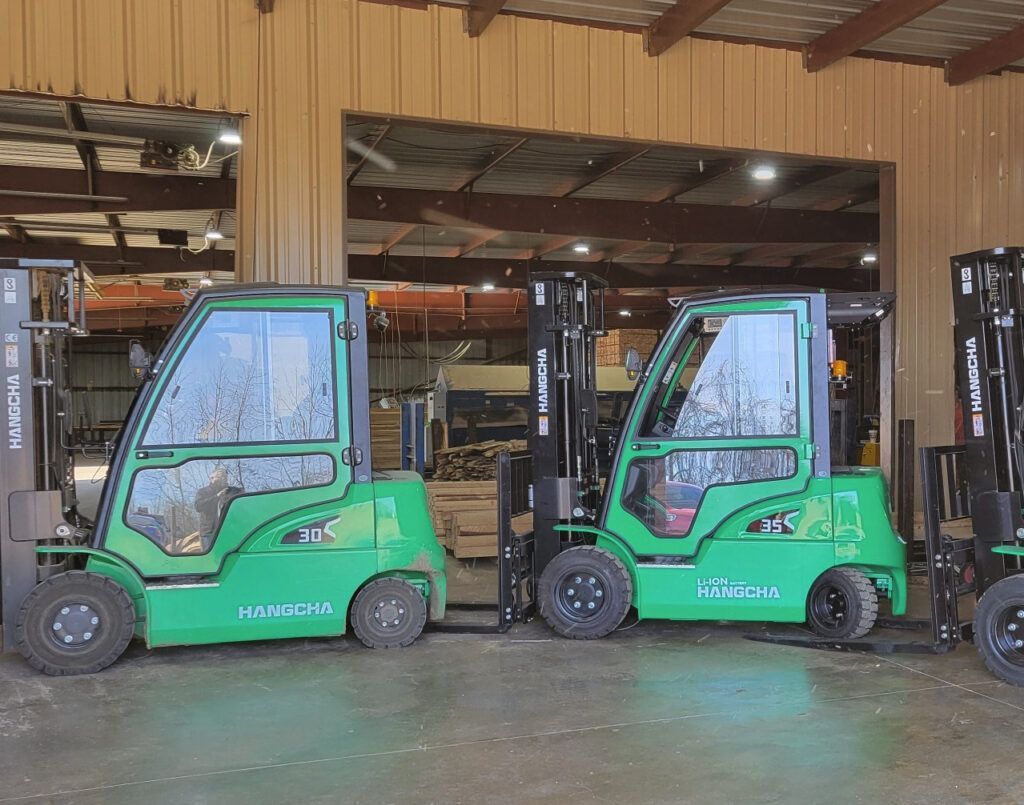Are You Saving Enough? Calculating the ROI of a Scissor Lift
Calculating the ROI of a Scissor Lift
Calculating the ROI of a Scissor Lift. As a decision maker, your ROI target is important. ROI—or return on investment—is useful for gauging your versatile tool’s success, fiscally. If you’re investing in a scissor lift, you may want to know if it’s making you money. While functionality is important, your business deserves a piece of equipment capable of earning money over the long haul.
Figuring out a meaningful ROI can be challenging, but you’re not left without tools. We’re here to help you determine the ROI of your fork lift purchase, starting from the ground up.
First: Set Up the Formula
The basic ROI formula to determine your purchase’s ROI is your savings divided by your investment . That said, your saving should also be divided by any time-based capital costs you’ll be saving. While a lot of factors need to be weighed when determining your scissor lift’s ROI, this basic equation will always hold true.
Second: Evaluate Your Savings
You’ll need to determine how much money your new scissor lift will save in the long run. First, you should determine your scissor lift’s preservation of capital . How much money will your scissor lift save when you’re considering it against other equipment options? Similarly, will you save money by reducing worker costs?
Third: Evaluate Its Life Cycle
You’ll need to depreciate your scissor lift’s value over time. Machines wear down, and your lift may not offer high-end cost advantages after many years. Calculate any expected maintenance costs, and determine your new product’s lifespan. You can determine its value depreciation before it actually depreciates, giving you an estimation of its value over time.
Fourth: Evaluate Your Use of Capital
Mark down the scissor lift’s cost. Then, determine any tax implications of owning it. Business property is typically taxable, as it’s considered to be an asset . This tax burden can be weighed against your scissor lift’s depreciation, too, which can spare expenses later on. A piece of machinery has a total cost of ownership—or TCO. You’ll need to evaluate your investment’s overall cash outlay—again, over time—to weigh the various advantages and disadvantages of purchasing it.
Five: Try to Maximize Your ROI
Your capital expenditures should be balanced against the determined ROI. You should, however, consult with your business’s financial experts which’re experienced in quantifying ROI. If you want to ‘eyeball’ your new scissor lift’s ROI, check out this formula rundown .
At the end of the day, it pays off to justify your investments. A scissor lift can greatly reduce worker expenses, and it can speed up back-house processes—making your workplace highly efficient. Every workplace is different, however, and your warehouse needs may require complex ROI rundowns. Again, contact your financial provider for more information.
Once you engage in innovative financing solutions, you’ll take full advantage of your machine’s capabilities. Running a business on a high-ROI basis is incredibly smart, and it can give you a slew of resources as your brand grows, expands and approaches new opportunities. Take your time, consider the costs and take charge with your new investment.
The post Are You Saving Enough? Calculating the ROI of a Scissor Lift appeared first on Benco Industrial Equipment.




